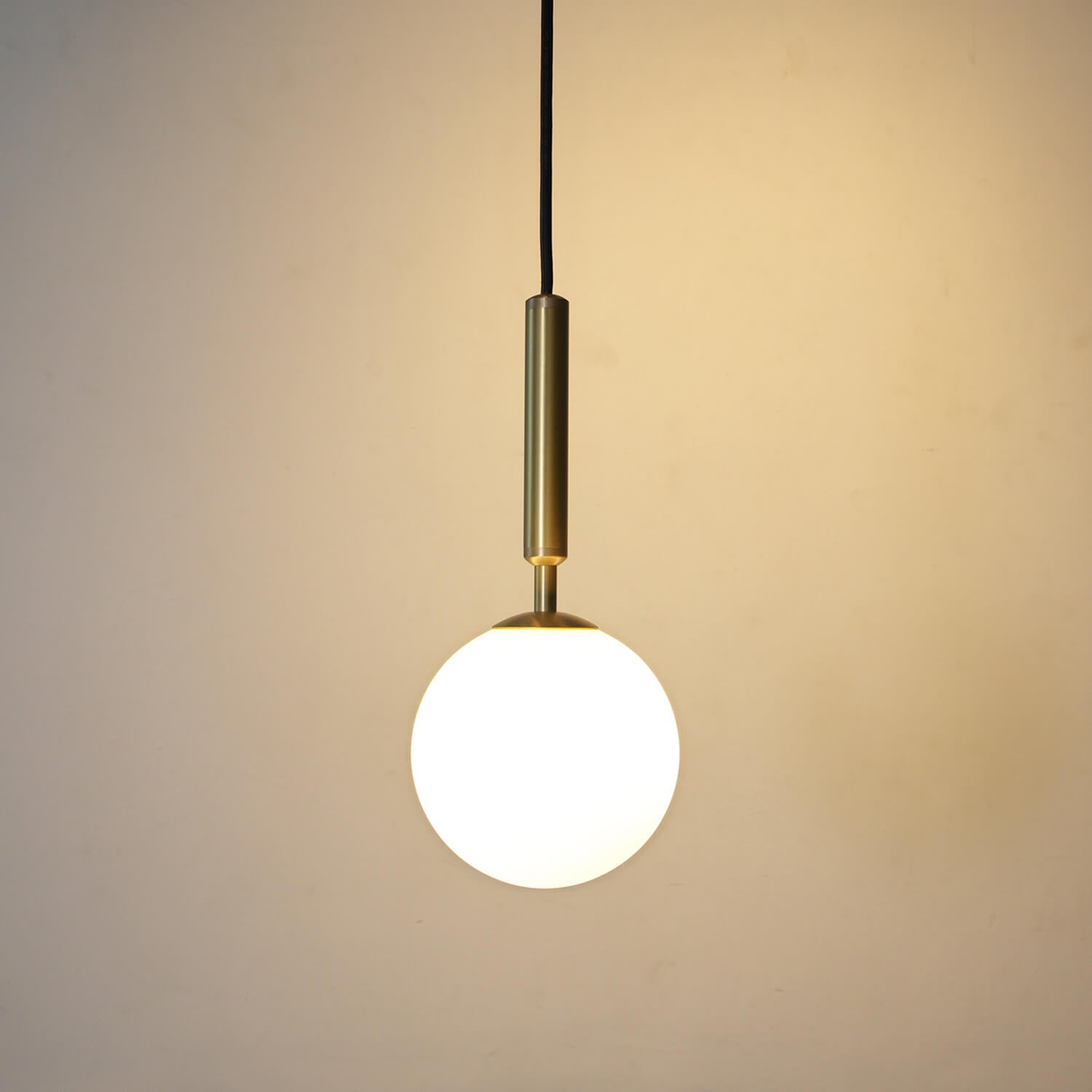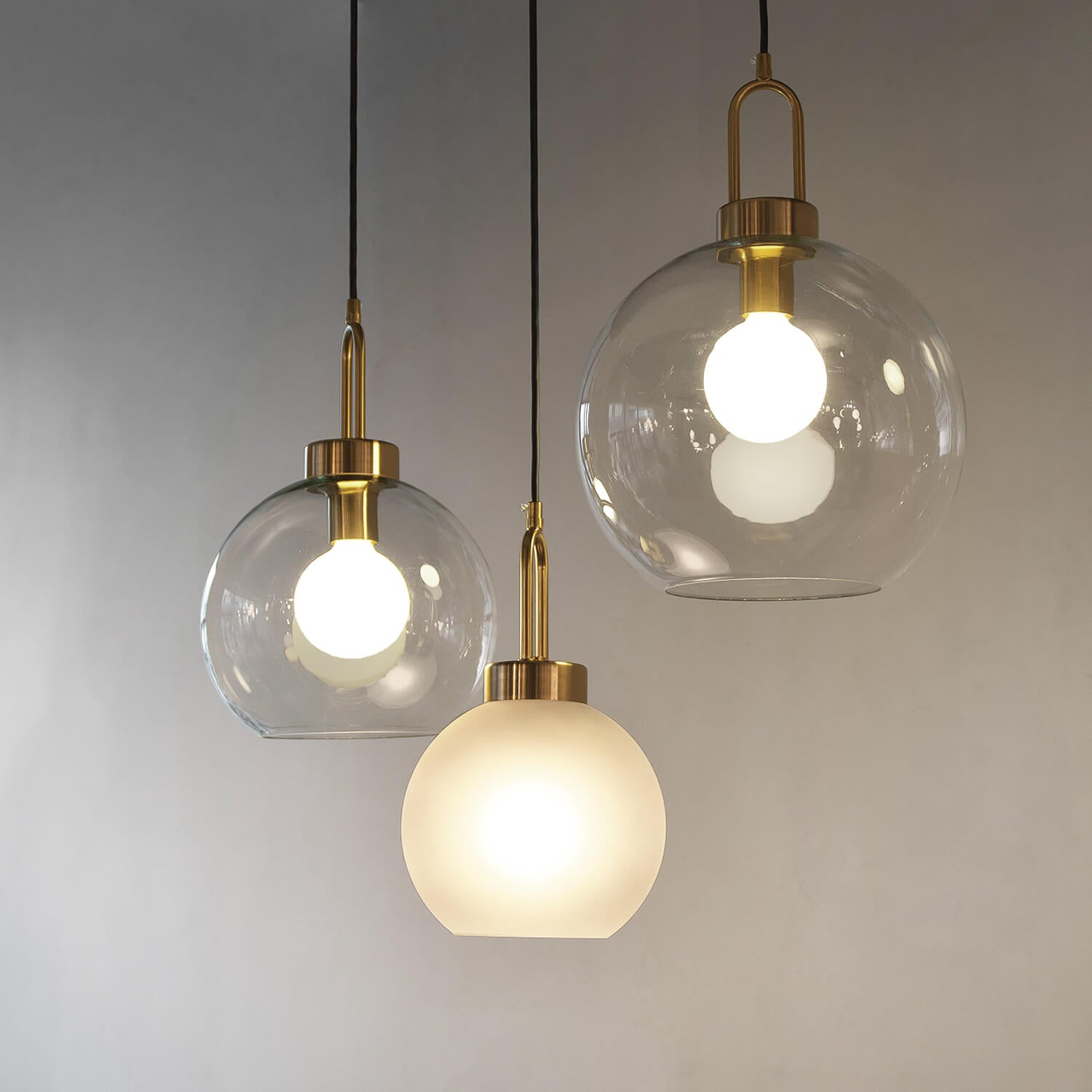Wabi-sabi is a Japanese philosophy that values the beauty of imperfection, impermanence, and simplicity. This concept has influenced various fields, including interior design, pottery, and fashion. In recent years, wabi-sabi-inspired fashion has become increasingly popular for its unique and authentic approach to style. This article explores the principles of wabi-sabi and how they are incorporated into fashion design.
The Principles of Wabi-Sabi
Wabi-sabi is all about embracing the imperfect and finding beauty in the natural and organic. Its principles include:
Simplicity
Wabi-sabi fashion favors simplicity over excess. It values minimalism and understated elegance over flashy, extravagant designs. Designers often use natural fabrics such as cotton, linen, and silk, which are more breathable and comfortable than synthetics.
Imperfection
Wabi-sabi celebrates imperfection, asymmetry, and irregularity. In fashion, designers intentionally create pieces that are slightly off-kilter or have natural flaws, such as distressed denim or frayed edges. This approach adds character and uniqueness to the garment.
Nature
Wabi-sabi is influenced by nature and incorporates organic shapes, textures, and materials into designs. It values the beauty of natural imperfections such as the grain of wood or the pattern of a leaf.
Wabi-Sabi Fashion Design
Wabi-sabi fashion embraces simplicity and natural beauty through its designs. Clothing pieces are often made with natural materials, such as linen or cotton, and have a relaxed fit. Colors are muted and earthy, and patterns are often irregular or asymmetrical.
One aspect of wabi-sabi-inspired fashion is the use of traditional Japanese techniques such as shibori or sashiko. Shibori is a dyeing technique that creates unique patterns by folding and tying fabric before dyeing. Sashiko is a decorative stitching technique used to reinforce and mend fabric. These techniques add depth and texture to the garment while maintaining a natural and organic feel.
Another feature of wabi-sabi fashion is the use of distressed materials. Clothing pieces may have frayed edges or intentional rips and tears, adding character and a sense of uniqueness. Additionally, designers often incorporate imperfect elements such as natural dye variations or organic patterns.
Wabi-Sabi Fashion in Daily Life
The wabi-sabi philosophy encourages us to embrace the beauty of imperfection and to find joy in the simple and natural things around us. In fashion, this translates to an appreciation for unique, high-quality pieces that are made with care and sustainably sourced materials.
Wabi-sabi fashion is also about embracing individuality and finding your own personal style. Rather than following fleeting trends or constantly updating your wardrobe, wabi-sabi-inspired fashion encourages a more mindful approach to clothing, focusing on quality over quantity.
Incorporating wabi-sabi-inspired fashion into your daily life can be as simple as choosing pieces made with natural materials and classic styles. It can also mean investing in high-quality, handmade clothing that will last for years and become a cherished part of your wardrobe.
Wabi-sabi-inspired fashion offers a refreshing approach to style that values the beauty of imperfection and simplicity. It encourages us to appreciate the natural world around us and to embrace individuality and unique style. By incorporating wabi-sabi principles into our daily lives, we can create a more mindful approach to fashion and find joy in the natural and organic.



